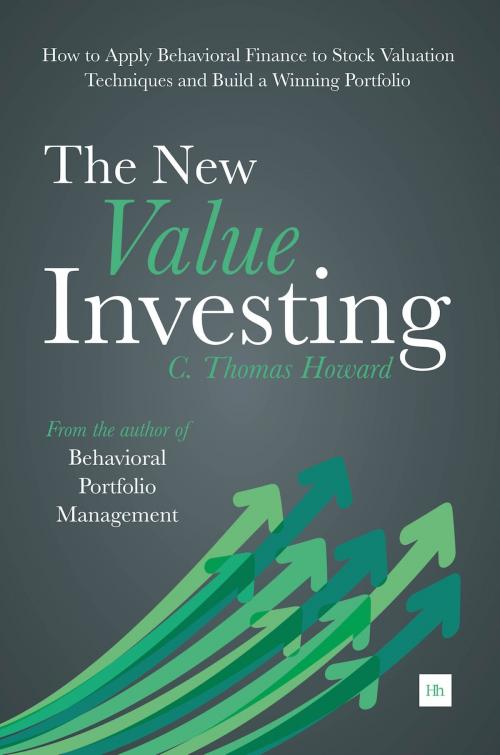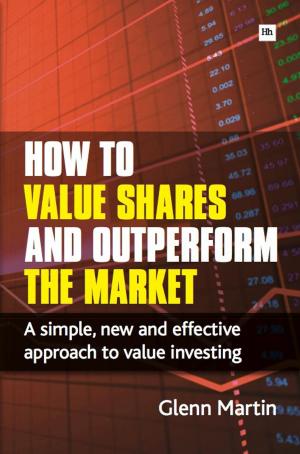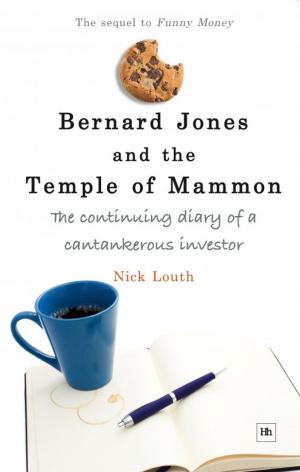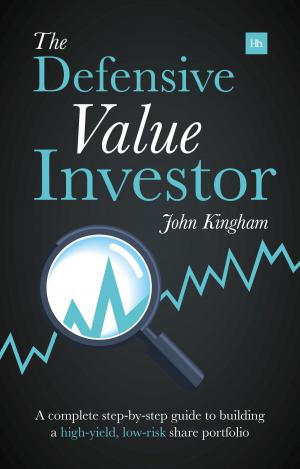The New Value Investing
How to Apply Behavioral Finance to Stock Valuation Techniques and Build a Winning Portfolio
Business & Finance| Author: | C. Thomas Howard | ISBN: | 9780857193971 |
| Publisher: | Harriman House | Publication: | February 2, 2015 |
| Imprint: | Harriman House | Language: | English |
| Author: | C. Thomas Howard |
| ISBN: | 9780857193971 |
| Publisher: | Harriman House |
| Publication: | February 2, 2015 |
| Imprint: | Harriman House |
| Language: | English |
The aim of value investing is to identify stocks that are undervalued and which can be expected to produce an above average return in the future. And the message from the history of investing is clear: if you successfully pursue a value investing strategy over the long term, you will earn an above average return on your portfolio. The goal of The New Value Investing is to help you identify undervalued stocks and teach you how to build your own successful value investing portfolio. Added to this, it is important to understand that value investing is inextricably linked with behavioral finance, and research advances in this area in recent years strengthen the case for value investing. The author explains how stock prices are determined by emotional crowds, how this leads to mispriced stocks and opportunities for the value investor, and how you can harness the insights of behavioral finance to improve your value investing approach. As you work through this book, the author shows how to follow the path from analysis of the economy, to the industry, to company financial statements, to creating a value range for a company's stock. You will learn: -- How to remove emotion from your investment process. -- The essential elements of portfolio construction. -- What a value investor should observe in the wider economy and the market. -- Where to find investment ideas. -- How to read a company's financial statements from a value investing perspective. -- Dividend valuation, earnings valuation and other valuation techniques. -- How to undertake a full valuation analysis, with two complete worked examples of stock valuation for real-life companies. -- What professional value investors at investment funds analyse and how they make their decisions. Value investing is within everyone's reach, so why doesn't everyone use it? The key is patience. The approach works over the long term if you stick with it and the result could be extra hundreds, thousands or millions in your portfolio at the end of your investment horizon.
The aim of value investing is to identify stocks that are undervalued and which can be expected to produce an above average return in the future. And the message from the history of investing is clear: if you successfully pursue a value investing strategy over the long term, you will earn an above average return on your portfolio. The goal of The New Value Investing is to help you identify undervalued stocks and teach you how to build your own successful value investing portfolio. Added to this, it is important to understand that value investing is inextricably linked with behavioral finance, and research advances in this area in recent years strengthen the case for value investing. The author explains how stock prices are determined by emotional crowds, how this leads to mispriced stocks and opportunities for the value investor, and how you can harness the insights of behavioral finance to improve your value investing approach. As you work through this book, the author shows how to follow the path from analysis of the economy, to the industry, to company financial statements, to creating a value range for a company's stock. You will learn: -- How to remove emotion from your investment process. -- The essential elements of portfolio construction. -- What a value investor should observe in the wider economy and the market. -- Where to find investment ideas. -- How to read a company's financial statements from a value investing perspective. -- Dividend valuation, earnings valuation and other valuation techniques. -- How to undertake a full valuation analysis, with two complete worked examples of stock valuation for real-life companies. -- What professional value investors at investment funds analyse and how they make their decisions. Value investing is within everyone's reach, so why doesn't everyone use it? The key is patience. The approach works over the long term if you stick with it and the result could be extra hundreds, thousands or millions in your portfolio at the end of your investment horizon.















